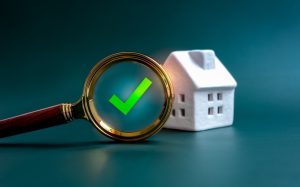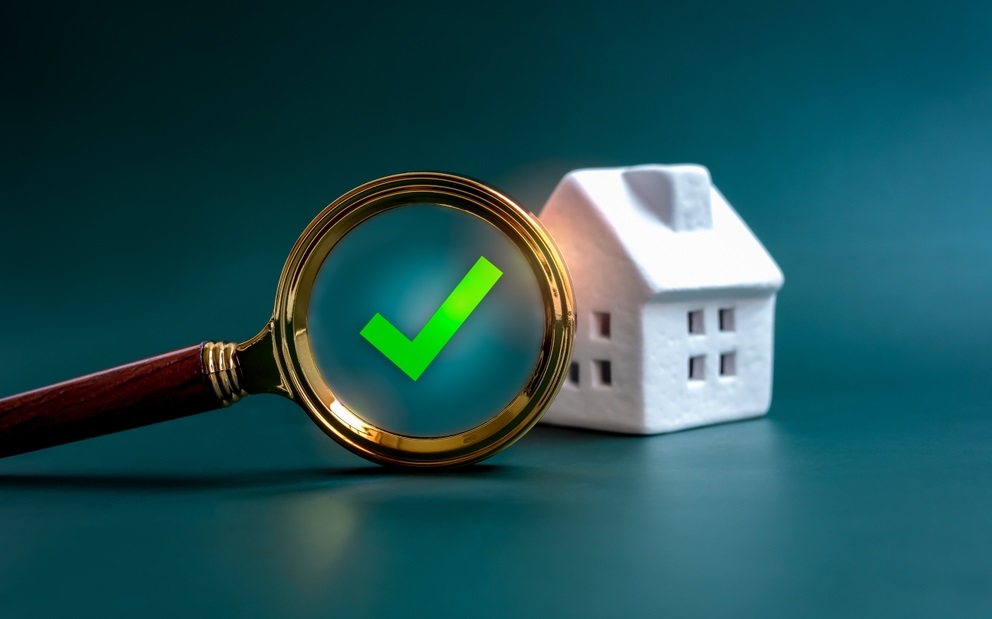What exactly does a surveyor do when you commission them to inspect your new home? Kharla Mullen takes us behind the scenes to investigate the ins and outs of a survey
 If you have read my previous articles, you will now be clued up on the types of available surveys, the importance attached to a survey and how it can provide peace of mind for the future and help avoid any unexpected costs further down the line.
If you have read my previous articles, you will now be clued up on the types of available surveys, the importance attached to a survey and how it can provide peace of mind for the future and help avoid any unexpected costs further down the line.
Let’s now focus on some of the more practical elements of the survey. I thought a good way to do this was to focus on the five most common questions we receive about what a surveyor does on a property visit.
There is a caveat here in that I can only refer to our approach and whilst this may differ slightly from surveying firm to surveying firm, I think it should still offer a good indication of what potential buyers should expect.
So, here we go…
Q1: How will the surveyor test for damp and how much will they comment on this?
Surveyors will visually inspect the property for dampness aided by a damp meter. This is a non-invasive inspection and no tests are taken (i.e. no timber, plaster or brick samples are taken for laboratory testing).
Furniture or personal effects will not be moved and no testing can be undertaken to walls behind permanent fittings such as wardrobes or kitchen units and appliances.
Q2: To what extent can a roof be surveyed?
The surveyor will look at the roof from the ground using binoculars. They will also try to view a roof, or aspects of a roof, from a window or another part of the building if applicable.
Our surveyors will use a ladder to inspect a roof if it’s not more than three metres from the ground and safe to do so.
Where roof coverings cannot be seen the surveyor, this will be included in the report.
Q3: Will the surveyor test the services during the inspection?
Services will not be tested because surveyors are not qualified to do so but they will be visually inspected with condition ratings and advice included in the report.
If no recent test certification is available at the time of the inspection, then we always recommend for them to be tested by a competent qualified person.
Q4: Does the surveyor carry out an inspection of the insulation; and if so to what extent will this be commented upon?
The surveyor will consider the level of insulation within the roof space. They will also comment on whether it is apparent if any insulation has been installed into the wall cavity. Our report will contain a separate section for information and advice on the insulation within the property.
Q5: To what extent will the surveyor comment on subsidence or structural movement?
The main walls are visually inspected, with the aid of binoculars where appropriate, although foundations and concealed parts are not exposed or inspected.
The surveyor will not only look for cracks to external brickwork or rendered finishes, but also misaligned window and door frames, sloping floors, internal cracks to walls and ceilings.
They will determine, as far as is possible from a single visual inspection, the severity of the movement, the likely cause, whether this is on-going and whether any repairs or further investigations are required.
It should be appreciated that none of our surveys are structural surveys. A structural survey is a report prepared by a Structural Engineer.
A bit more about how a surveyor works…
And there you have it. Surveyors do an extremely thorough job but there are obvious limitations when it comes to time, remit and qualifications.
To help them, they are armed with the latest technology to ensure they are able to collate the most accurate information possible.
They will also undertake a desk-top study and make verbal enquiries for information about matters affecting the property.
Our customers also have direct access to their surveyor to discuss any areas of concern relating to the property being surveyed, before the inspection is completed and post-survey, to discuss the findings in the condition report.
I hope that helps explain a little more about what a surveyor does on a property visit and what information potential buyers can expect to receive.
Kharla Mullen is chief operations officer at Countrywide Home Surveys














